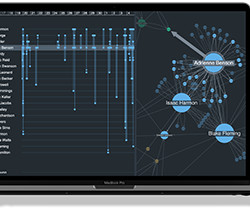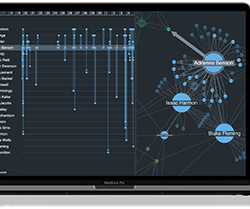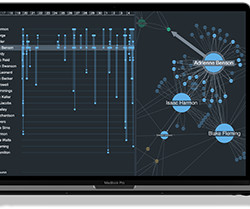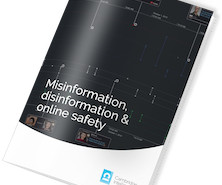Enterprise fraud management, AI and data visualization
Cambridge Intelligence
JANUARY 30, 2024
While it has always been a data-intensive process, enterprise fraud management today is more complex and more important than ever. This blog post explores the evolving role of enterprise fraud management, examines the impact of AI and showcases the importance of visual data analysis. What is enterprise fraud management?












Let's personalize your content